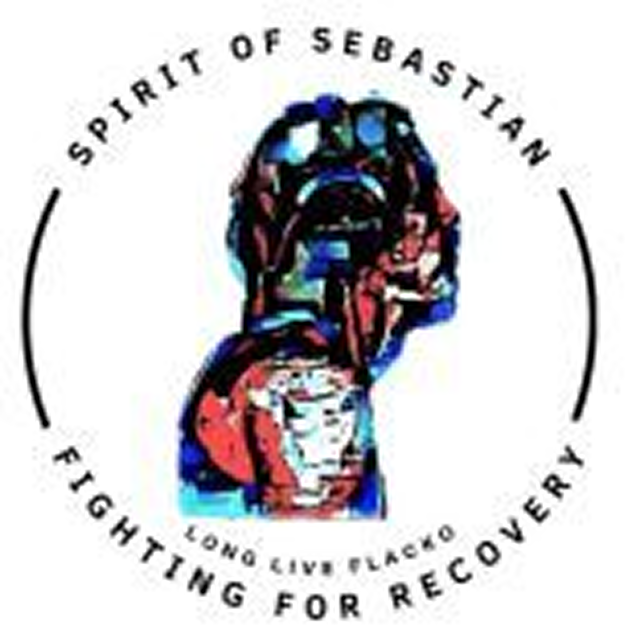
Empower youth. Educate families. Prevent addiction on Supporting Recovery.

Addiction affects more than just the individual
It ripples through families, friendships, and entire communities. At Spirit of Sebastian, we honor the lives lost, uplift those still fighting, and offer guidance to anyone seeking healing. Inspired by Sebastian’s story, our work is rooted in compassion, connection, and a belief that recovery is always possible.

United for Recovery
Organizations that believe in the power of healing.

Start Your Journey
Whether you need help, want to honor a loved one, or wish to support others—your path starts here.
Addiction recovery starts with connection. Whether you're seeking immediate help, looking for inspiration in Sebastian’s story, or feeling called to make a difference, this is your place. We’ve created a space that’s safe, welcoming, and built for action. Click below to begin—because healing starts with one small step.
Raising Awareness | Providing Prevention | Fighting for Recovery |

Together, We Heal
We provide compassionate support, raise awareness, and build accessible pathways to recovery.
Our mission is simple yet powerful: to meet people where they are in their journey, and walk beside them with empathy and resources. Whether you're facing addiction, supporting a loved one, or grieving a loss, Spirit of Sebastian is here to help. We envision a future where no one suffers in silence, and where every story—no matter how difficult—can spark change.
Gratitude beyond words
I am so grateful for the Spirit of Sebastian Foundation. My 34 year old son has been an addict for most of his adult life. He served time in jail and was in and out of drug rehabs with short lived success.Our relationship was close to non-existent. By January of this year he had no home,no money, no possessions, no family and no friends. He decided to call a man who had repeatedly told him to reach out to him if ever he needed help, he made that phone call to Javier and within twelve hours he was being driven to The Oaks Recovery in Greenwood. The Spirit of Sebastian Foundation not only transported him but they offered to pay for his treatment with a full scholarship. This is the very first time he understood that he needed to actually believe in his recovery. He is now a graduate of the program, still sober and actually an employee. He is humble and so appreciative to have been given this opportunity to give back just a little bit. I can't say enough about the Spirit of Sebastian Foundation and lives they are helping change.
Gratitude beyond words
There are no words to express how deeply grateful I am to the Spirit of Sebastian Foundation. Since the day Anita called saying "He agreed to enter the program" every single moment has been a blessing - filled with faid, hope, and grace.
Today, more than a year later, he is free...transformed...and alive in every sense of the word.
God made it possible throught the love and guidance of this beautiful foundation.
Only by His Grace...only for today.
Forever grateful
— Maggie
Gratitude beyond words
Matt's life before meeting Javier was one destined for chaos and a brief existence. The faith
that The Spirit of Sebastian Foundation had in Matt gave him the strength to
begin his journey to sobriety.
While my wife and I are forever thankful for the help from The Spirit of Sebastian
Foundation, we are especially proud of Matt for going a step further and dedicating himself
to helping others to remove themselves from drugs and alcohol.
We are so thankful to The Spirit of Sebastian Foundation for the many people they have
helped and will continue to help in the future.
Joe and Kate

.jpeg)
Sebastian’s Story Sparks a Movement
Born from a personal loss, our mission drives meaningful change—one life, one story, one step at a time
Sebastian’s story is both a painful loss and a powerful call to action. His light continues to guide our efforts as we turn grief into purpose. What began as a tribute has grown into a nonprofit committed to changing the way we talk about—and respond to—addiction. Through awareness, education, and advocacy, we aim to rewrite the narrative and prevent other families from experiencing the same pain.







.jpeg)